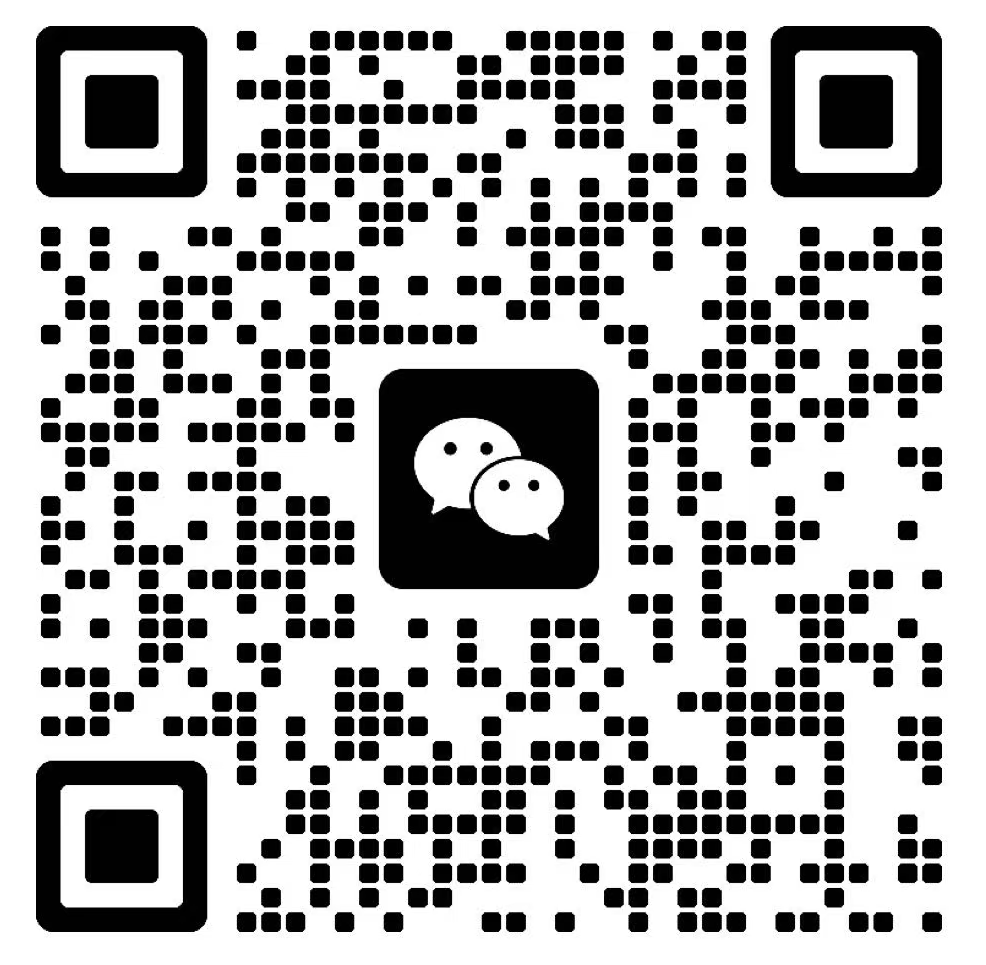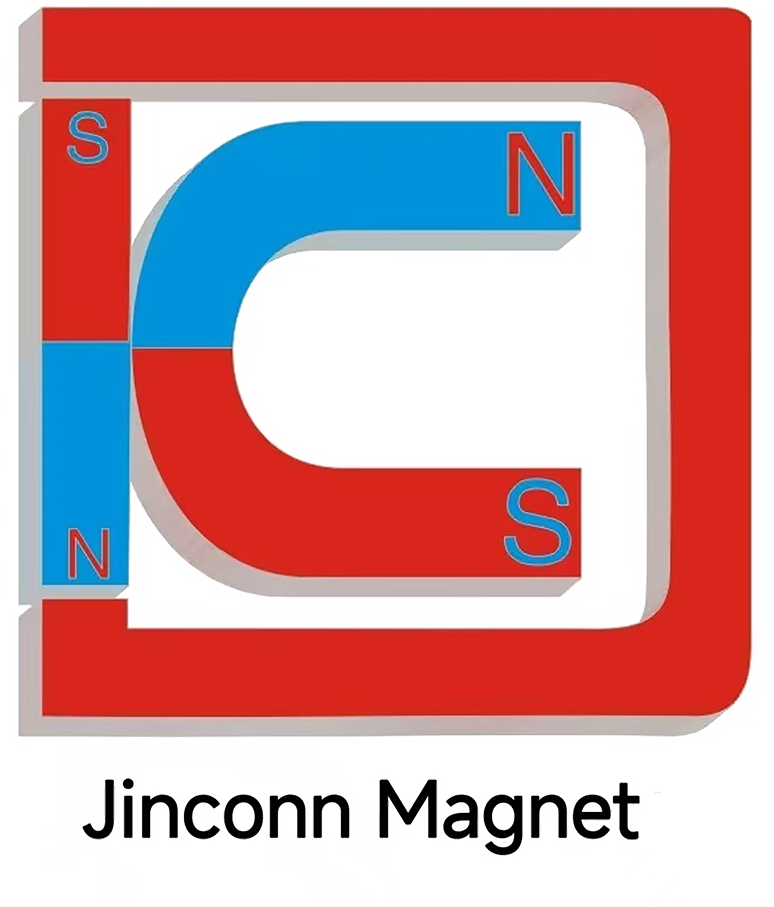Advanced Techniques and International Trends in Magnet Force Testing
Advanced Techniques and International Trends in Magnet Force Testing
Introduction
With the increasing applications of rare earth magnets and neodymium magnets across cutting-edge industries, the demand for more advanced magnet force testing methods continues to rise. High temperature resistance is often a core requirement in fields such as automotive, aerospace, and renewable energy. In response, manufacturers and research institutions are adopting new technologies and international standards to ensure the accuracy, reliability, and global compatibility of magnetic force measurements.
Emerging Testing Technologies
Modern magnet force testing goes beyond traditional pull force and Gaussmeter measurements. Today’s laboratories utilize a range of advanced equipment:
1. Automated Magnetic Testing Systems
Automated systems can rapidly test hundreds of magnets with precise force gauges, minimizing human error and increasing efficiency. These systems are crucial for large-scale quality control of rare earth magnets and neodymium magnets, particularly when products must perform under high temperature resistance conditions.
2. 3D Magnetic Field Mapping
New sensor technologies and mapping software allow for three-dimensional visualization of a magnet’s field. This method provides detailed data about field uniformity and gradient, which is essential for specialized applications where consistent performance and high temperature resistance are non-negotiable.
3. High-Temperature Testing Chambers
For magnets used in demanding environments, testing their performance at elevated temperatures is vital. High-temperature chambers simulate real-world conditions, allowing researchers to evaluate how rare earth magnets and neodymium magnets maintain their magnetic strength and integrity over time.
Data Analysis and Digitalization
Advancements in data analytics and digital tools have revolutionized the interpretation of test results. Powerful software now analyzes large datasets from force and field measurements, identifying trends, variances, and outliers. This ensures only magnets meeting strict high temperature resistance criteria are delivered to customers, supporting both reliability and safety.
International Standardization and Industry Collaboration
The global magnet industry is actively updating standards and best practices to reflect these technological advancements. Organizations such as ISO, ASTM, and IEC regularly revise protocols to accommodate new testing technologies and materials.
- ISO/TC 79/SC 5 is developing new guidelines for automated and high-precision testing, directly addressing the needs of rare earth and neodymium magnet manufacturers.
- Cross-border collaborations between universities, manufacturers, and certification bodies are fostering the development of universally recognized benchmarks, especially regarding high temperature resistance.
Conclusion
As magnet applications become more demanding, especially for rare earth magnets and neodymium magnets requiring high temperature resistance, the importance of advanced testing technologies and up-to-date standards cannot be overstated. Industry leaders who invest in these innovations will not only ensure product quality but also strengthen their position in the global market.
SEO Keywords: rare earth magnets, neodymium magnets, high temperature resistance, advanced magnet testing, 3D magnetic field mapping, high-temperature chambers
SEO Description: This article delves into the most advanced techniques and international trends in magnet force testing, highlighting automated testing systems, 3D magnetic field mapping, and high-temperature performance analysis. With the rapid development of industries relying on rare earth magnets and neodymium magnets, ensuring high temperature resistance and measurement accuracy is essential. The article also reviews evolving global standards and the collaborative efforts driving consistent quality and reliability across the magnet industry.
文章摘要: This article examines new advancements in magnet force testing, including automation, digital data analysis, and high-temperature testing technologies. It underscores the importance of updated international standards for rare earth magnets and neodymium magnets, focusing on their high temperature resistance and reliability for global industrial applications.
标签(Tag): rare earth magnets, neodymium magnets, high temperature resistance, advanced magnet testing, international standards




Jinconn WeChat









